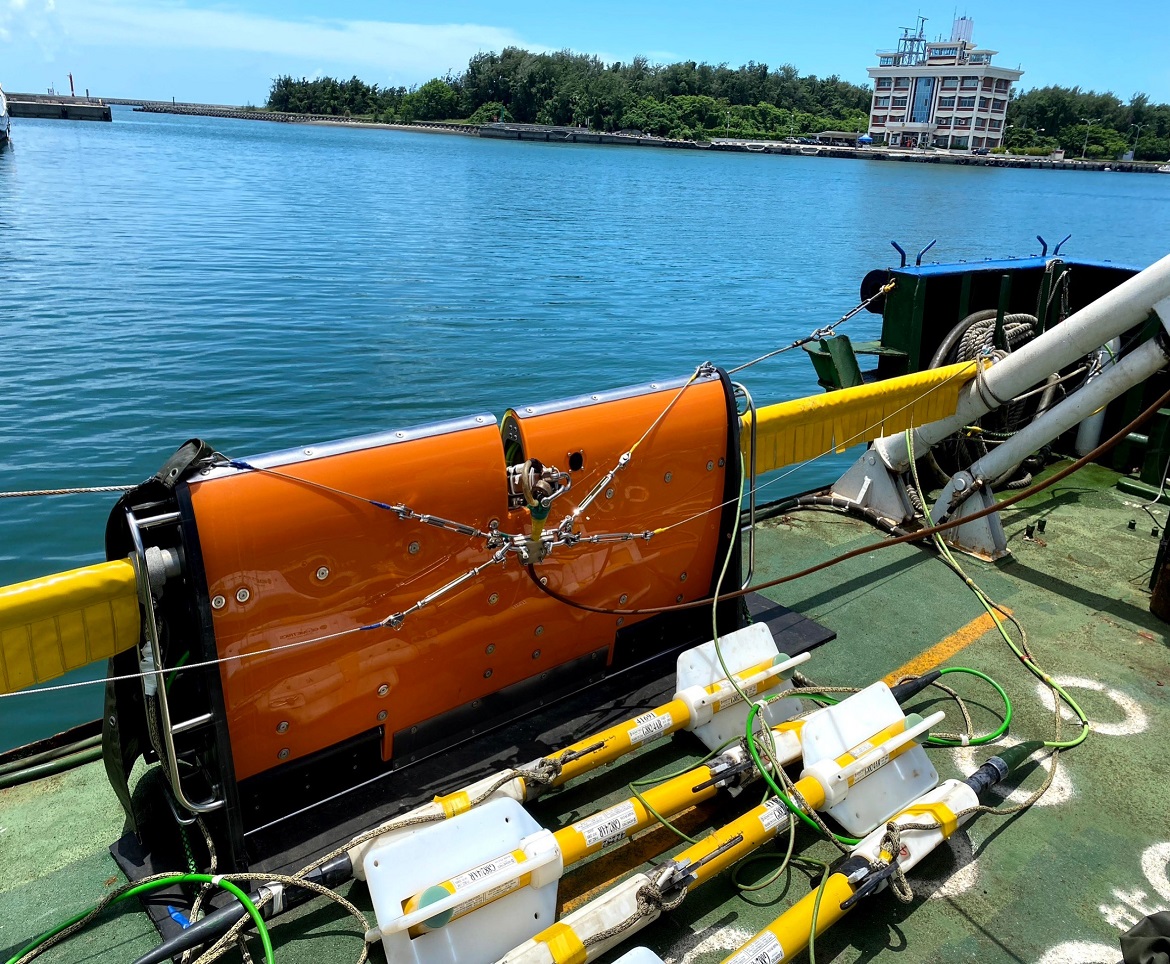
Since 2020, Dragon Survey company has independently completed underwater unexploded ordnance investigations with a breadth exceeding 5,000 kilometers. The on-site investigation team is composed entirely of domestic teams from Taiwan and has successfully assisted various wind power developers in reducing engineering development risks.
What if a single magnetometer is not enough?
Generally, in the initial stage, wind power developers usually use a single magnetometer to investigate the seabed with a wire spacing of around 100 to 150 meters. The investigation is carried out at a height of about five meters above the seabed, aiming to detect magnetic reactive substances on the seabed as much as possible. However, in practice, even if magnetic surveys are conducted in the aforementioned manner, it is still possible to miss the detection of magnetic reactive substances due to excessive wire spacing and the inability to grasp the direction of the magnetic source, leading to engineering risks. Therefore, after the design of the wind turbine locations and the submarine cable paths, Dragon Survey company plans to use an array-type magnetometer for unexploded ordnance searches.
Common applications of array-type magnetometers
A magnetic array carried by an underwater remote-controlled towed vehicle (ROTV) is commonly used to search for underwater unexploded ordnance. This approach has been used in Europe for years. The idea is to use multiple known arrays of magnetometers and high-density wire planning to carry out a comprehensive magnetic survey of the seabed at a height of 1 to 4 meters above the seabed to search for magnetic materials of a certain mass near the seabed. Before the investigation, the instrument's capability needs to be verified (Equipment Verification Test, EVT) for the array-type magnetometer. This means testing how much magnetic field variation the magnetometer can detect at different distances from the target object and at different heights from the seabed. The test can help to understand the array-type magnetometer's scan range (sensing magnetic distance) and achieve the purpose of a comprehensive magnetic survey.
Define the magnetometer target before the investigation
The variation of the magnetometer observation value is mainly affected by distance and the mass of the magnetic material. Due to the multiple variables, the investigation target should be defined before the magnetic survey. For example, for general near-seabed magnetic surveys, the target should be magnetic materials on the seabed or buried within two to three meters and ranging from several tens of centimeters to several tens of meters in scale.